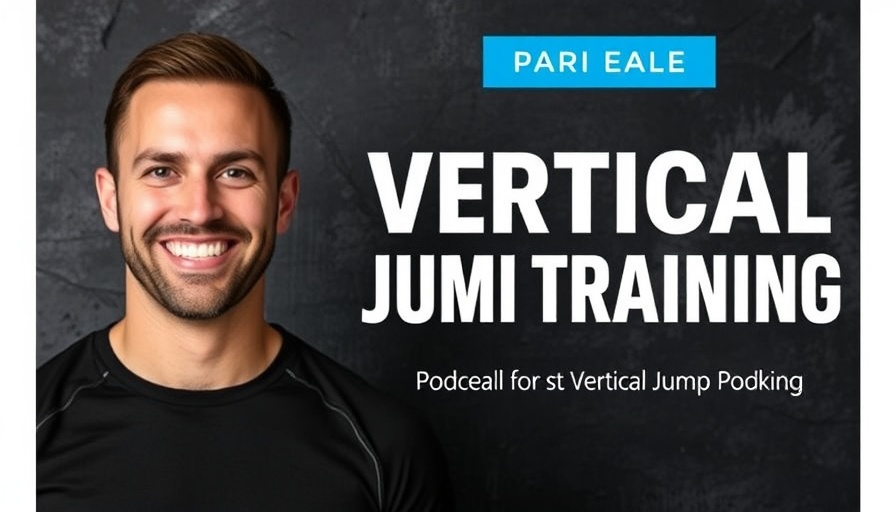
Unlocking the Secrets of Vertical Jump Training
Improving your vertical jump is a hot topic among athletes and trainers alike. With a nuanced understanding of jump mechanics and the right training techniques, achieving greater heights isn't just a dream anymore—it's a reachable goal! Tyler Ray, a former professional dunker and an expert in vertical jump training, brings a wealth of knowledge to the conversation. Through his approach, athletes can fine-tune their techniques and gain valuable insights into their jump performance.
The Art of Jumping: Transition and Technique
A perfect jump doesn’t just happen; it’s the result of a carefully executed approach. Tyler emphasizes that smooth transitions and hip height management are vital components of an effective vertical leap. Each element of the jump, from the initial approach to the final take-off, requires intent and focus. This intricate dance of movements may seem overwhelming, but understanding its rhythm empowers athletes to take their jump techniques to the next level.
Different Styles: Muscular vs. Elastic Jumpers
Not all jumpers are created equal. Ray highlights the importance of recognizing the difference between muscular and elastic jumpers—two distinct styles that come with their own training philosophies. Muscular jumpers rely heavily on strength, whereas elastic jumpers use their inherent bounciness and tendon strength for explosive leaps. Tailoring strength training to an athlete’s specific jumping style can greatly enhance their performance. Whether they need to build muscle or develop elastic power, understanding individual needs is critical for optimal results.
The Role of Confidence in Jump Performance
One of the often overlooked aspects of jumping performance is the mental game. Building confidence, especially in weaker legs, is essential for a truly explosive jump. Tyler recommends increasing exposure to one-legged activities—this not only boosts confidence but also enhances balance and coordination. Over time, this improved mindset can lead to noticeable gains in performance and technique.
Practical Insights for Coaches and Trainers
Tyler Ray's insights provide valuable takeaways for coaches working with aspiring athletes. To elevate jump performance, trainers should never feel that teaching jumping is merely about strength training. Instead, view jumping as a skill—one that necessitates constant practice and refinement. Incorporating varied training moves such as low rim dunking allows athletes to practice technique without the high impact, making training both effective and safe.
Embracing Practice and Repetition
As with any sport or physical activity, mastery comes from dedicated practice. Repetition isn't monotonous; it's the key to unlocking potential. Tyler discusses how every athlete must discover their unique ‘switch’—the mental trigger that enables them to perform at their peak. Coaches should build drill routines that diminish performance anxiety while honing skills through varied practice methods. By fostering a supportive atmosphere, trainers can help athletes learn to tap into their full potential.
Conclusion: The Path to Vertical Leap Mastery
The journey to unlocking a higher vertical jump is within reach for dedicated athletes, thanks to the expertise of individuals like Tyler Ray. By focusing on the intricacies of jump technique, emphasizing the importance of mental fortitude, and utilizing innovative training exercises, athletes can reach new heights in their performance. This multifaceted approach highlights the reality that vertical jumping is not a matter of sheer strength but a skill that requires precision, practice, and passion.
 Add Row
Add Row  Add
Add 




Write A Comment